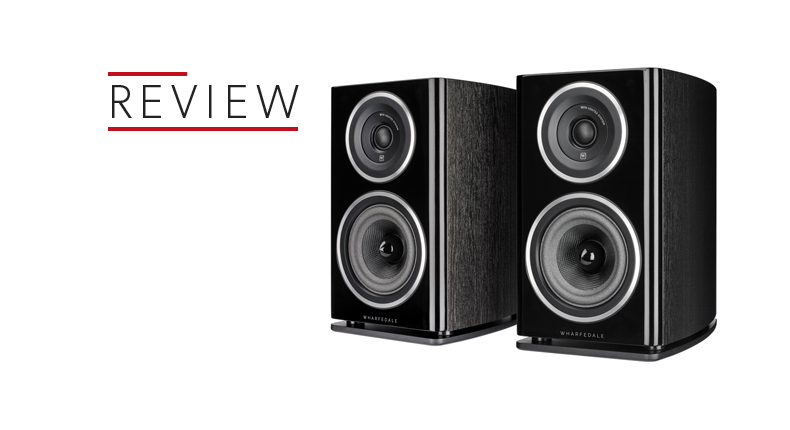What Hi-Fi? Verdict
A redesigned Diamond range sees gains in some areas, but a price rise puts them up against tougher competition
Pros
- +
Gorgeously insightful midrange
- +
Refined balance
- +
A lot of bass weight for the cabinet size
- +
Flexible design
Cons
- -
Soft low end
- -
Dynamics and timing not in line with class leaders
Why you can trust What Hi-Fi?
Wharfedale has taken the most advanced features found in the previous generations of its Diamond speakers and put them in a single package – drive units, slot port and a layered, curved cabinet.
“With the Diamond 11 series we started afresh,” says Director of Acoustic Design Peter Comeau, “taking established Diamond design features like Kevlar bass/mid cones and the slot-loaded distributed port system and incorporating them into redesigned speakers.”
The aim is to remain affordable while building from the ground up with performance, rather than cost, at the forefront of the company’s mind.
The result, Wharfedale claims, is a “generation of speakers that includes design elements never previously seen at such affordable price points”.
MORE: Wharfedale launches Diamond 11 Series at the Munich High End Show
Build
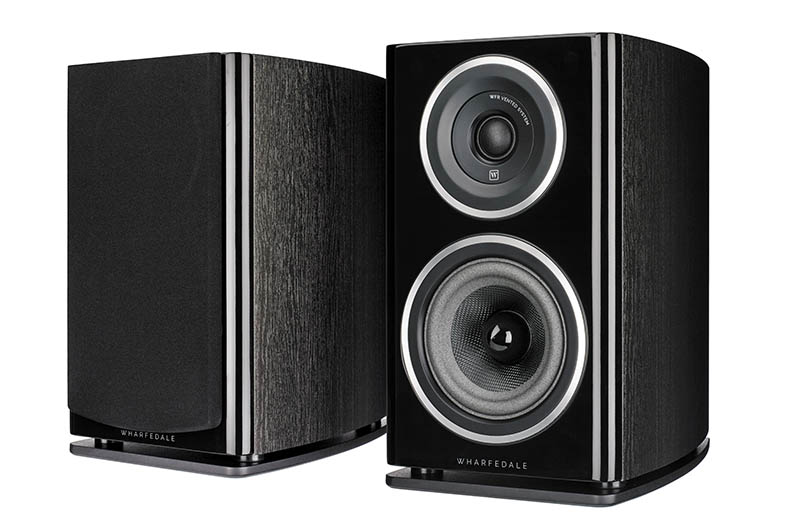
We are testing the Diamond 11.1s, a pair of 11.1-litre cabinets each sporting a 13cm bass and midrange driver and 25mm textile dome tweeter.
They sit in the middle of the three new pairs of Diamond standmounters, alongside three pairs of floorstanding Diamonds and two centre speakers for surround packages.
Much of Wharfedale’s renewed efforts appear to have gone into the construction of the drivers.
The bass and midrange drivers use a basket with a network of ribs maintaining its rigidity while leaving a large open area behind the woven Kevlar cone to reduce early reflections and allow the internal cabinet to do its work.
MORE: How to buy speakers and set them up for the best sound
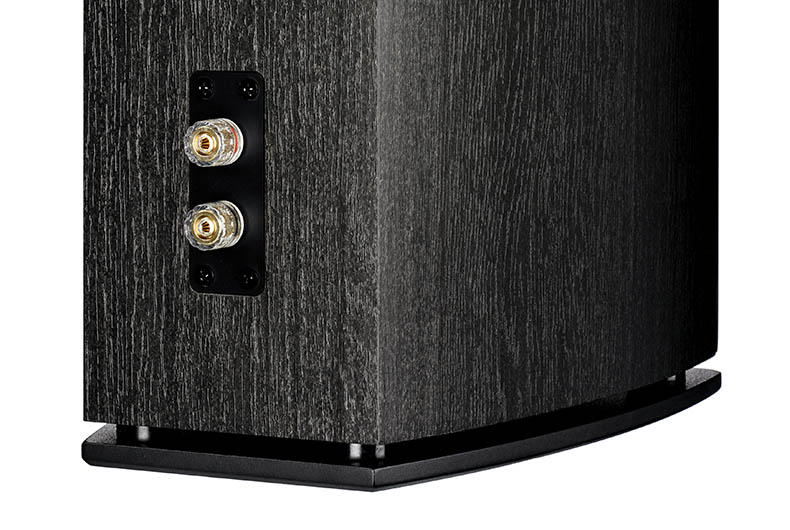
There are also new magnets at work raising sensitivity and keeping control of cone movement; a progressive suspension with lightweight foamed surround is designed to extend midrange response; and a specially shaped chamber behind the tweeter provides a low resonant frequency that allows the textile dome to contribute more to midrange performance.
Cabinet construction, with its multi-layer sandwich of woods of differing density, has also been refined to let the drivers speak for themselves, with the internal walls lined with a specially developed fibre chosen for its absorbent qualities.
That slot-loaded distributed port is claimed to match the air impedence of the room better, theoretically improving low-end performance.
There is of course more that has gone on, and much further technical detail to be divulged, but this is no mere re-hash of a former great.
MORE: How to build the perfect speaker
Compatibility
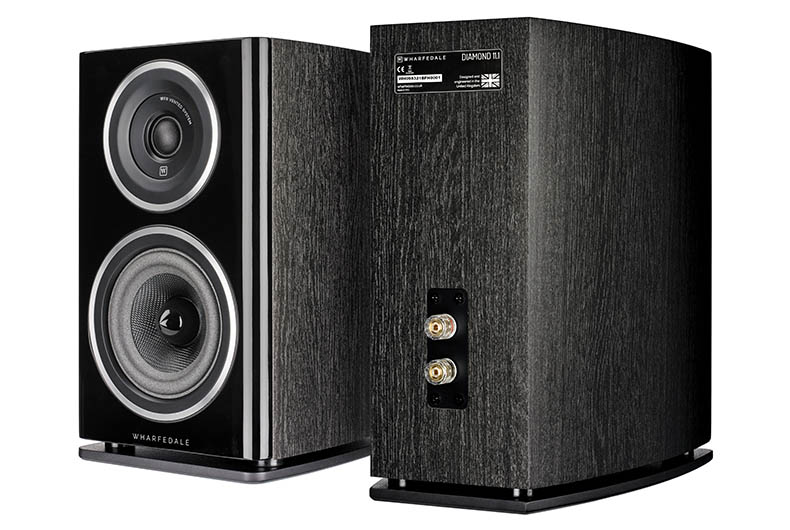
But we need to find out if this new Diamond range will be a modern great in its own right.
Wharfedale labels the 11.1s bookshelf speakers, so it stands to reason they were designed with a close rear wall in mind and, after some experimentation, we end up with them as near to the brickwork as the terminals on our speaker cables will allow.
We've also found that these speakers work at their best when mounted on a lighter pair of stands, such as the Custom Design FS104 Signatures.
MORE: Best hi-fi speakers 2017
Sound
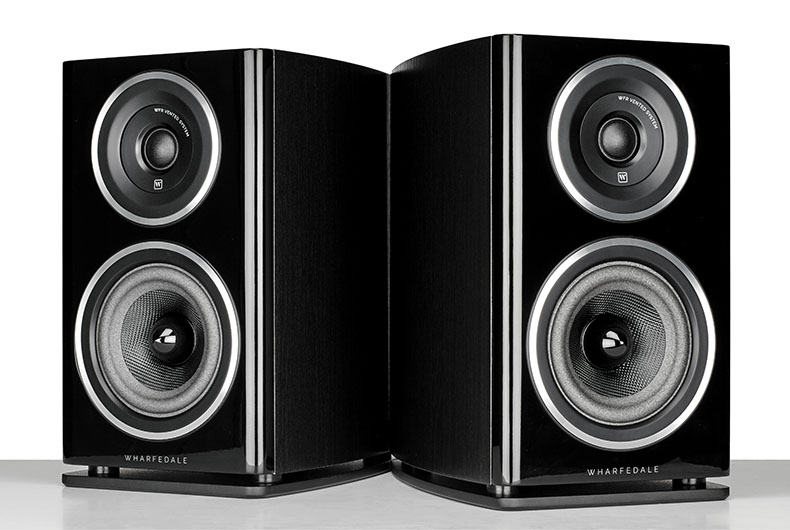
Within the opening few bars of the title track from Faithless’s Reverence, it’s clear that the true talent of the Diamond 11.1s lies in their gloriously insightful midrange.
Maxi Jazz’s voice has texture far beyond what Wharfedale’s competitors are able to convey and there’s graininess to the track’s guitar hook that other speakers at this price make sound clean if not clinical.
Forward to Don’t Leave and the sample of crackling vinyl could be coming straight from a dusty record on a turntable, the room mics clearly audible in the vocal; Salva Mea’s iconic bubbling synth hook is not only articulate but unearths the tonal differences in its echoed counterparts.
MORE: Best speaker deals - hi-fi, Bluetooth, wireless
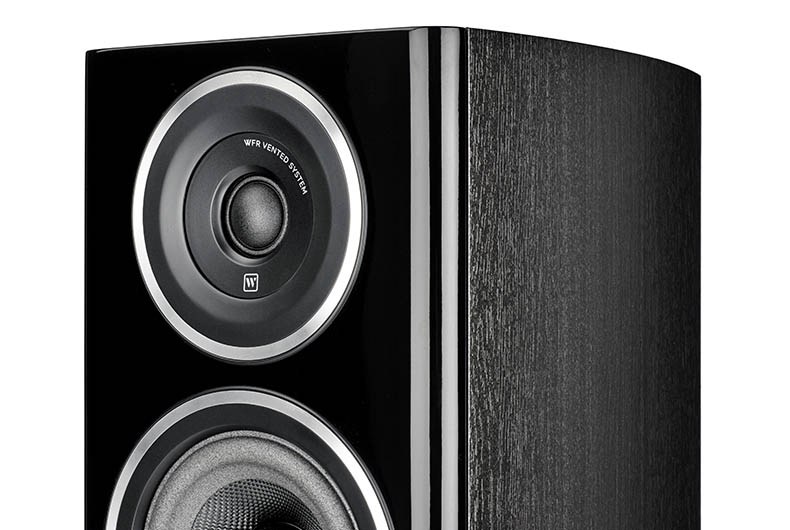
There’s no getting away from the fact that the Diamond 11.1s are offering a lot of low end. It’s not often we find our feet being wobbled by speakers of this size, even at the volume it’s imperative to play this particular album.
Those frequencies are prone to taking over the mix, though, which is an issue mainly because it isn’t the most surefooted of bass performances. Moving bass lines feel as if they’re having trouble keeping up with the rest of the mix, undermining the thumping rhythms that drive many of the tracks.
And it’s a looser sense of timing and dynamics that leave us overall a little colder than when listening to the same tracks on, say, Monitor Audio’s Bronze 2s.
The same goes for dance music, garage rock, OSTs or your timid singer-songwriter. While tonally that midrange is little short of gorgeous, it is let down by a flatter sense of expression.
MORE: Monitor Audio Bronze 2 review
Verdict
In many respects this is the most advanced Diamond range ever and the level of innovation at this pricepoint is impressive to say the least.
But, while the Diamond 11.1s’ midrange trumps most speakers we’ve heard at this price, the overall performance is lacking in too many aspects for us to give them an unreserved recommendation.
See all our Wharfedale reviews
What Hi-Fi?, founded in 1976, is the world's leading independent guide to buying and owning hi-fi and home entertainment products. Our comprehensive tests help you buy the very best for your money, with our advice sections giving you step-by-step information on how to get even more from your music and movies. Everything is tested by our dedicated team of in-house reviewers in our custom-built test rooms in London, Reading and Bath. Our coveted five-star rating and Awards are recognised all over the world as the ultimate seal of approval, so you can buy with absolute confidence.
